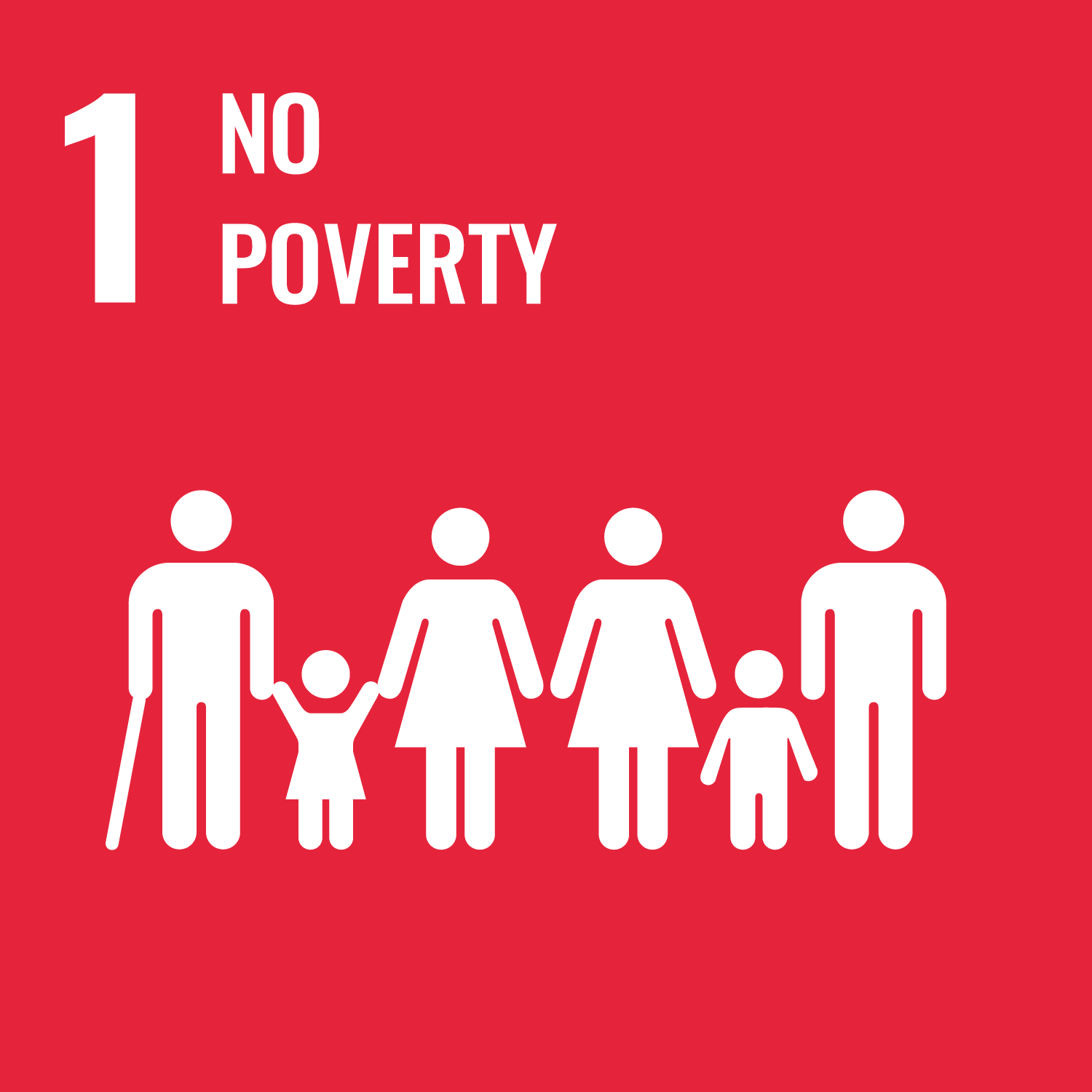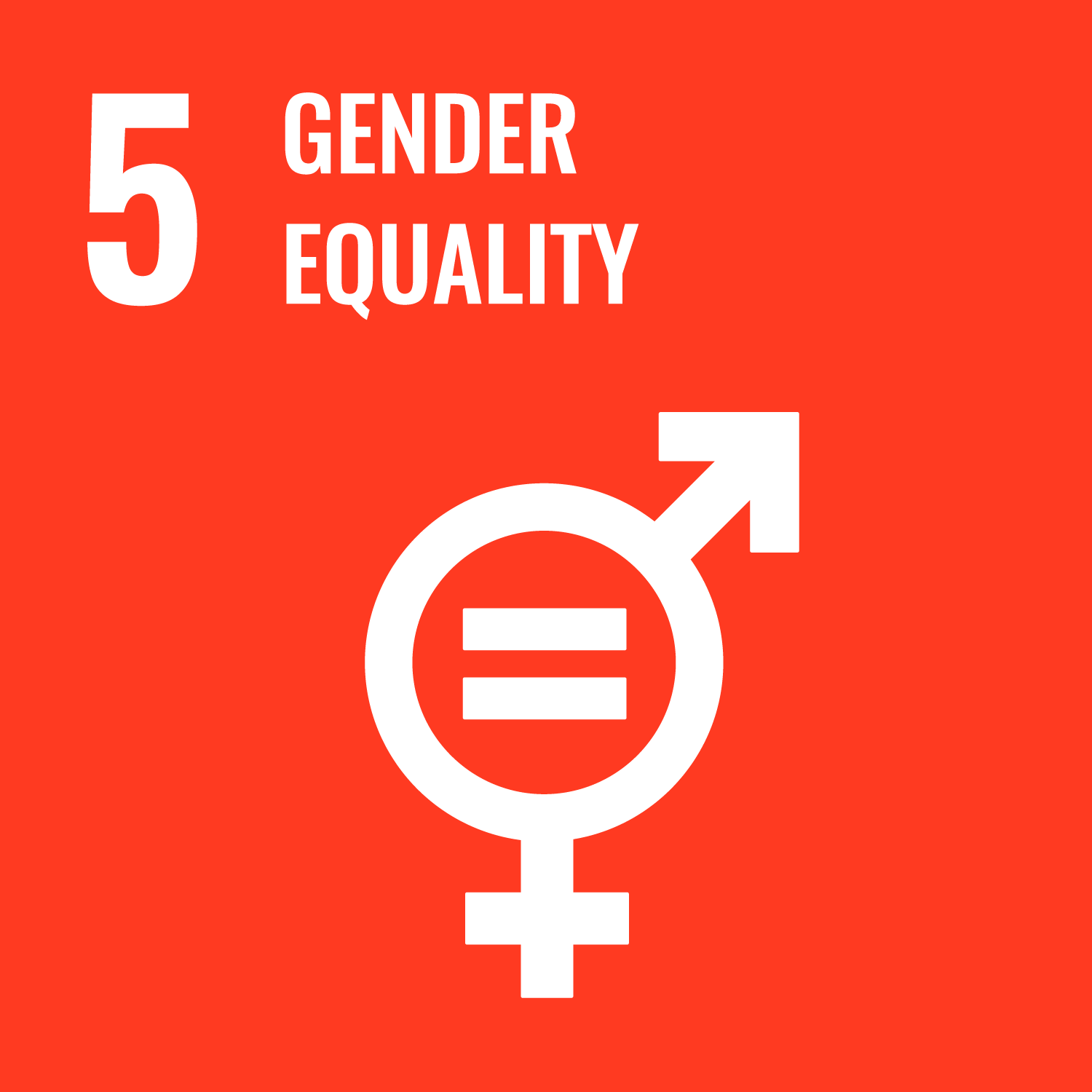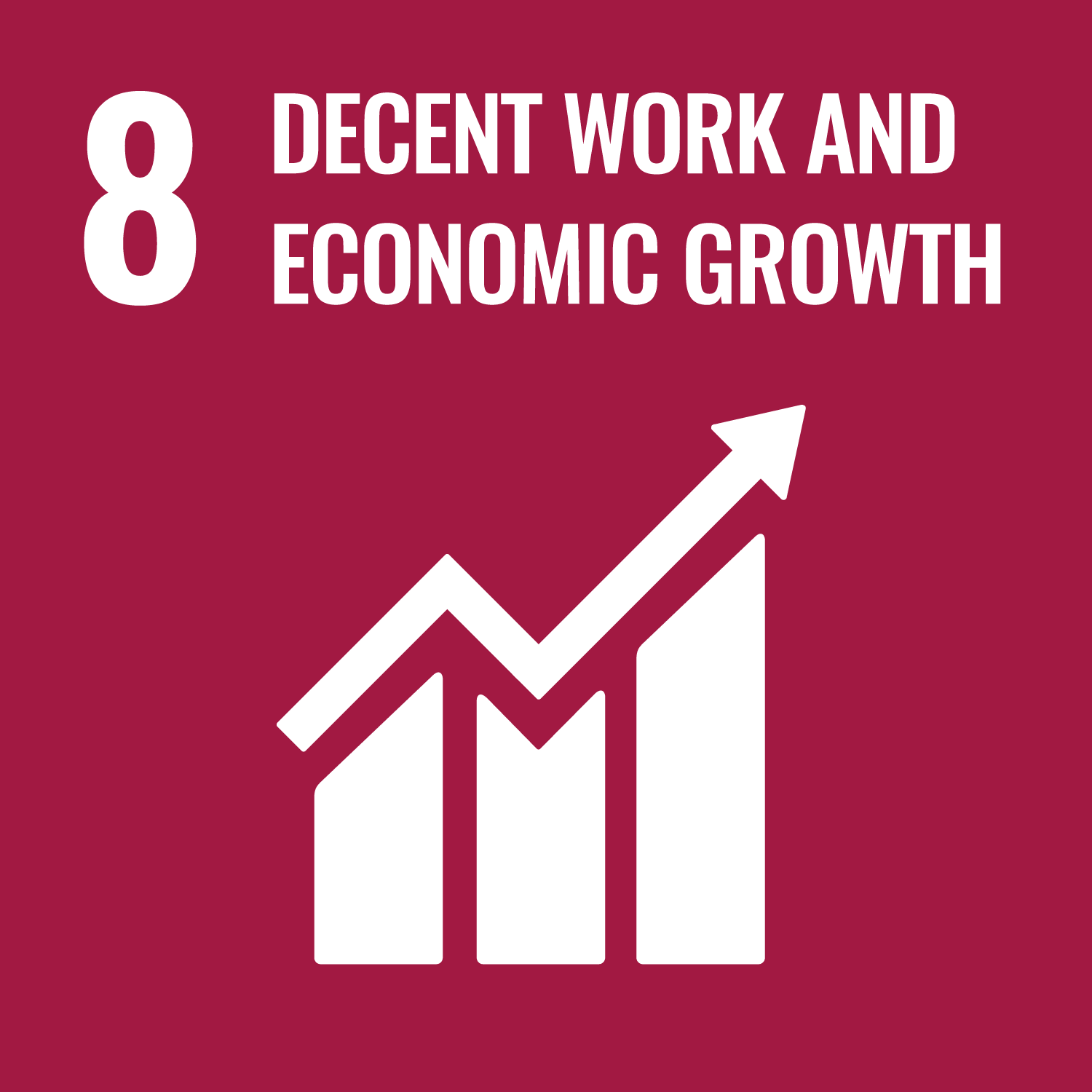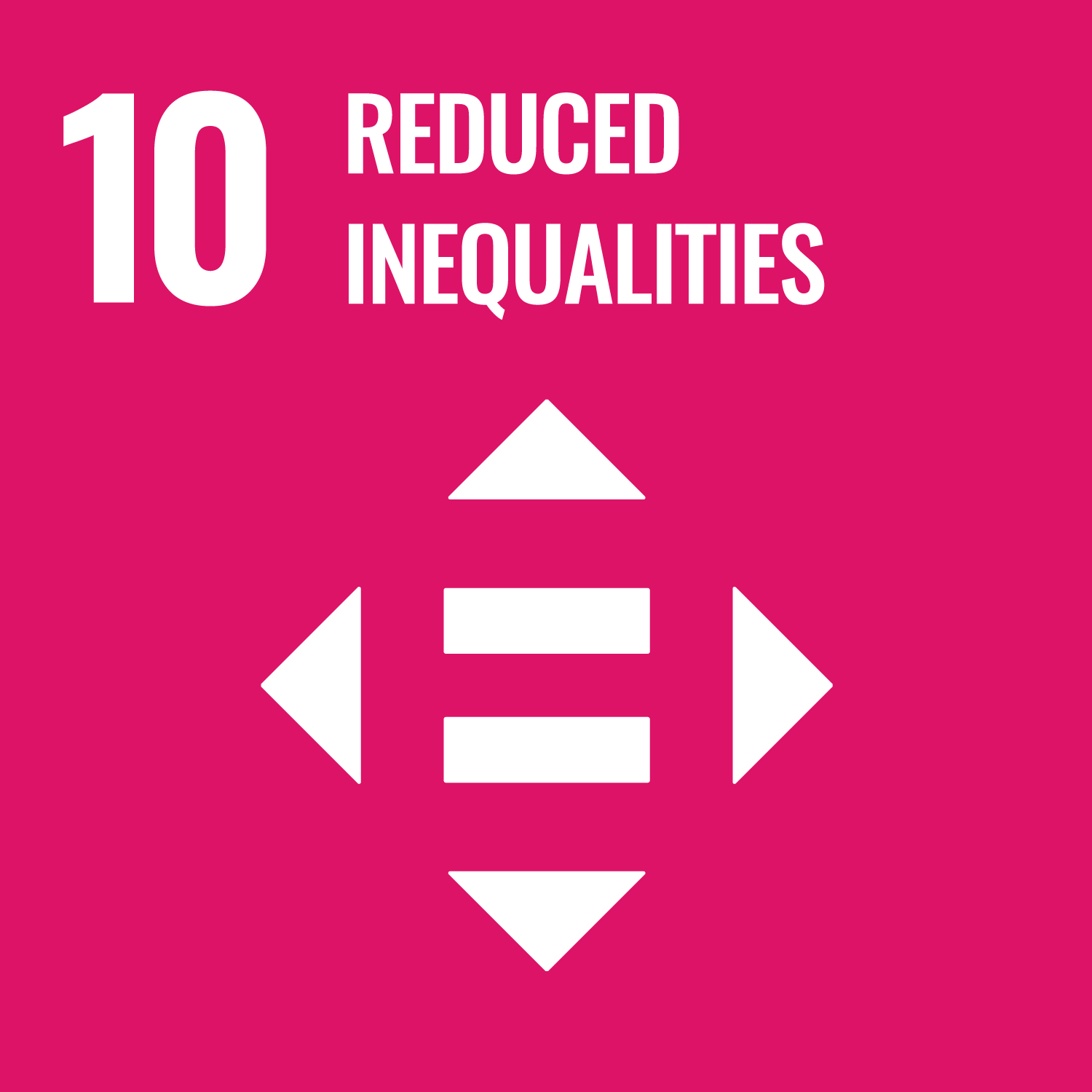About CASA
The Climate-Resilient Aquaculture Systems for Africa (CASA) project is a five-year initiative, led by WorldFish, working with local partners, farmers, and value chain actors across Kenya to build a more productive, inclusive, and climate-resilient aquaculture sector. Supported by the Gates Foundation and the Qatar Fund for Development, CASA focuses on improving food and nutrition security, livelihoods, and climate resilience for over 5 million people.
Kenya currently produces only 147,000 tonnes of fish per year, which is far below the national demand of 600,000 tonnes. Aquaculture contributes just 12.8 percent of total fish production, and the sector faces challenges such as limited access to quality fingerlings, high post-harvest losses, and poor market access. The project aims to address these issues by promoting sustainable fish farming practices, gender equality, and innovative technologies that support resilient aquatic food systems.
Project Objective
CASA seeks to reduce poverty, improve food and nutrition security, and enhance climate resilience in Kenya by transforming aquaculture systems to be more sustainable, productive, and inclusive.
Project Sites
The CASA project is actively engaged across five counties in Kenya: Kakamega, Busia, Migori, Homa Bay, and Kisii. These areas were selected based on their potential for aquaculture development and their socio-economic needs. Final project sites will be confirmed through a national baseline survey. In addition to localized interventions, CASA supports national-level policy engagement and technical support to promote sector-wide transformation.
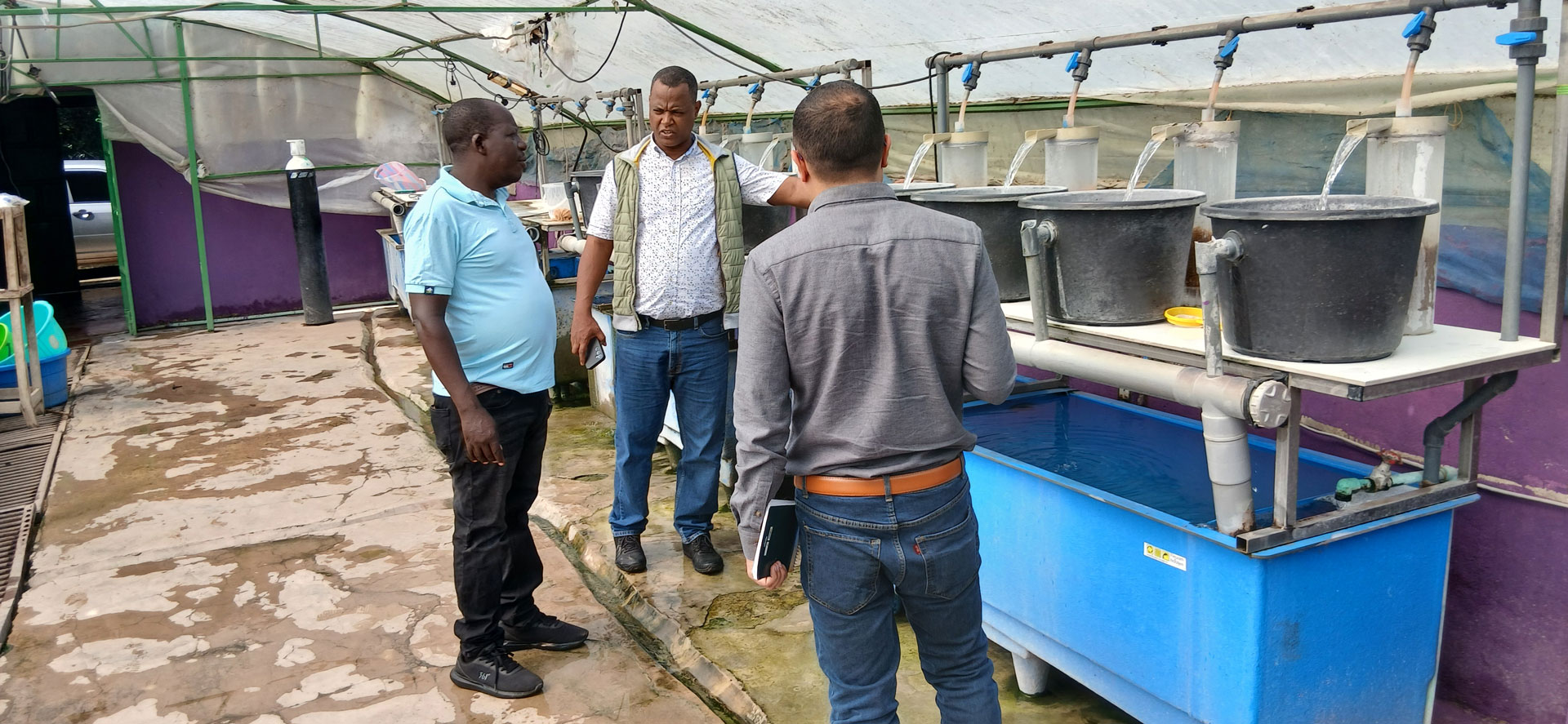
Project Partners:
CASA has adopted a collaborative approach, working with a diverse network of partners across research, finance, the aquaculture sector, and government. These include Farm Africa, Jaweta Fish Farms, Association of Women in Fisheries Blue Economy Kenya (AWFBEK), Kenya Marine and Fisheries Research Institute (KMFRI), illuminAid and the Mediae Company. These partnerships ensure locally relevant, inclusive, and scalable solutions that strengthen Kenya’s aquaculture sector.
Intervention Areas
- Increasing production of affordable, healthy, and nutritious fish through climate-resilient production systems
- Improving processing and post-harvest activities and strengthening market linkages
- Increasing access to finance to support aquaculture growth
- Enabling a supportive policy environment
Key Project Goals and Objectives
Increase Productivity and Profitability
- Enhance fish farming practices using improved tilapia strains and better aquaculture techniques.
- Deliver productivity gains of up to 2x-3x for small-scale farmers.
Strengthen Market Linkages and Reduce Post-Harvest Losses
- Introduce climate-smart fish processing and low-cost cold storage solutions.
- Improve fish handling safety and reduce fish wastage.
Expand Access to Finance
- Support the development of aquaculture-specific financial products.
- Mobilize $5 million in investments for the aquaculture sector through partnerships with financial institutions.
Improve Policies and Governance
- Strengthen capacity for informed policymaking in aquaculture.
- Facilitate inclusive policy reforms to enhance support for aquaculture stakeholders.
Key Initiatives
Enhancing Aquaculture Systems
- Introduce genetically improved farmed tilapia (GIFT) strains to boost productivity.
- Train 4,000 fish farmers on best management practices.
Strengthening Value Chains
- Establish networks for fish seed and feed dissemination.
- Provide climate-smart technologies to 1,000 processors.
Capacity Building and Training
- Train Aquaculture Agents to deliver technical support and advisory services.
- Build skills for women and youth to participate more effectively in aquaculture.
Improving Financial and Market Access
- Pilot and scale financial products tailored to aquaculture businesses.
- Facilitate digital tools for market linkages and price transparency.
Policy Engagement
- Collaborate with government stakeholders to address gaps in aquaculture policy.
- Support the development of policies that integrate economic, social, and environmental objectives.
Expected Outcomes
- Outcome 1: 4,000 direct beneficiaries (including 30% women) will improve their income and resilience.
- Outcome 2: Adoption of climate-smart fish storage, minimizing waste, and reducing CO2 emissions.
- Outcome 3: Increased access to finance through new financial products.
- Outcome 4: Policy and investment frameworks improved.
Expected Project Milestones (By 2029)

By project end, CASA will achieve:
- Reduced poverty and improved livelihoods for 5,000+ people (including 50% women and youth).
- 5,000 fish farmers and processors with 50%+ increased income.
- 6,000 new jobs created in the aquaculture value chain.
- Reduction in CO2 emissions and improvements in sustainable aquaculture production.

